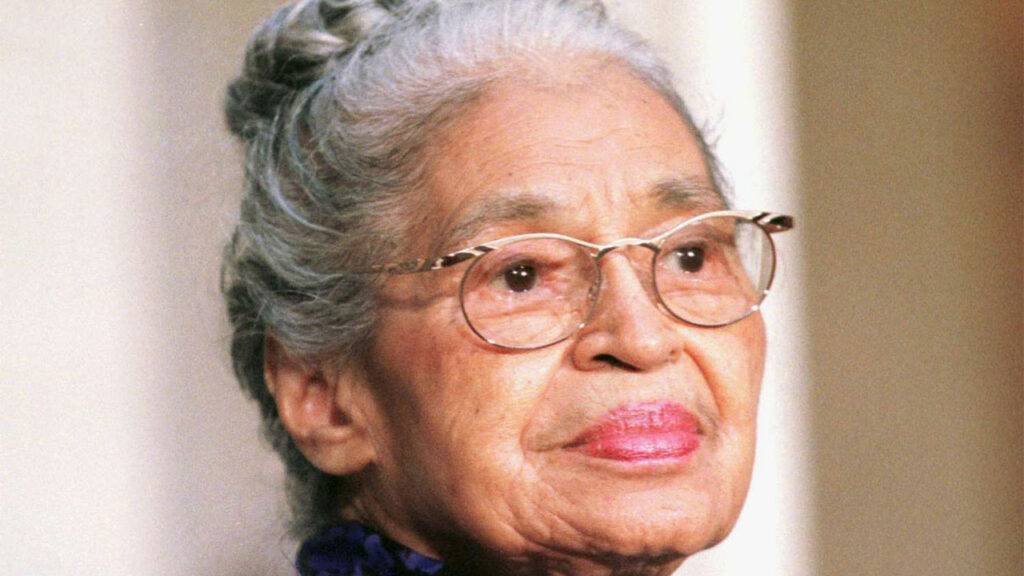Rosa Parks. A name synonymous with bravery and a pivotal moment in the Civil Rights Movement. Beyond the iconic “lady on the bus” image lies a compelling life story that resonates with courage, determination, and a commitment to fighting injustice.
As we commemorate the 108th anniversary of Rosa Parks’s birth, it’s essential to explore the lesser-known facets of her life, particularly her childhood and her profound connection with children.

Rosa’s Childhood: Shaping an Activist
Rosa Louise McCauley, born on February 4, 1913, in Tuskegee, Alabama, experienced the harsh reality of the Jim Crow South from a young age. Raised by her maternal grandparents, Sylvester and Rose Edwards, Rosa’s childhood was deeply influenced by her grandfather’s determination to combat injustice.
Sylvester’s vivid accounts of his brutal childhood instilled in Rosa a fierce commitment to stand up for her beliefs and self-respect.
“Her grandfather’s harsh childhood left him with a fierce determination to fight injustice, and to stand up for his beliefs and self-respect,” the Library’s exhibition Rosa Parks: In Her Own Words reveals.
Early Acts of Defiance
At the age of 10, Rosa exhibited her determination when faced with a threat from a white boy. In a poignant moment, she picked up a piece of brick, causing the aggressor to back down. This early act of defiance, though unconventional, showcased Rosa’s unwavering spirit against mistreatment.
“I would rather be lynched than live to be mistreated,” she later recalled, reflecting on the incident.
Rosa Parks: In Her Own Words
To delve deeper into Rosa Parks’s life, families can explore the Library’s exhibition online and read her autobiographical works, “My Story” (Dial Books, 1992) and “I am Rosa Parks” (Dial Books for Young Readers, 1997), both co-authored with Jim Haskins. These texts provide an intimate view of Rosa’s experiences, allowing readers to connect with her on a personal level.
“You also can hear Rosa Parks describe her life and activism and hear portions of My Story read by former National Ambassador for Young People’s Literature Jacqueline Woodson,” offering an audiovisual dimension to her story.
Rosa Parks Kids and Children
Although Rosa Parks and her husband Raymond Parks did not have children of their own, children played a significant role in Rosa’s life. The Library’s exhibition highlights this aspect, emphasizing how children were an integral part of her activism.
“Although Rosa and her husband Raymond Parks had no children of their own, children were a significant part of Rosa Parks’s life,” as stated in the exhibition.
Conclusion
As we celebrate Rosa Parks’s birth anniversary, let’s move beyond the bus incident and explore the depth of her character, especially during her formative years. Rosa’s childhood, shaped by the adversity of racial segregation, laid the foundation for her lifelong commitment to justice.
The connection she had with children, despite not having her own, underscores the broader impact of her activism. By delving into Rosa Parks’s early life, we gain a richer understanding of the woman behind the iconic image—a woman whose legacy continues to inspire and resonate with generations.


